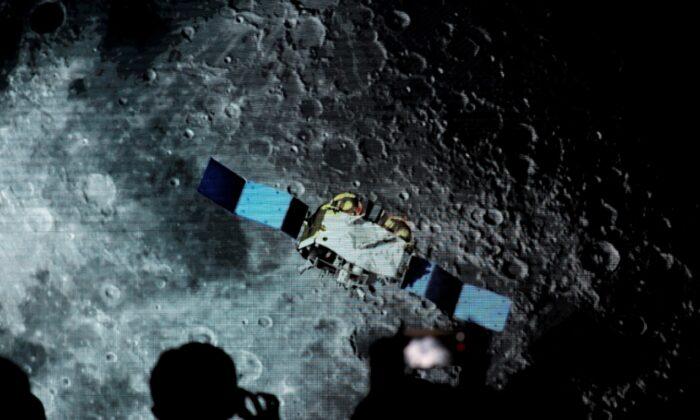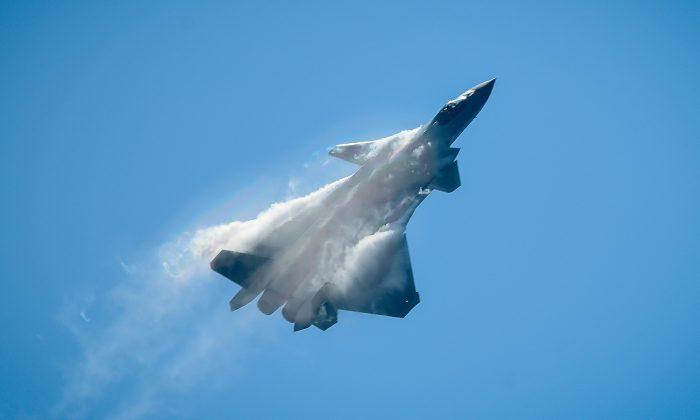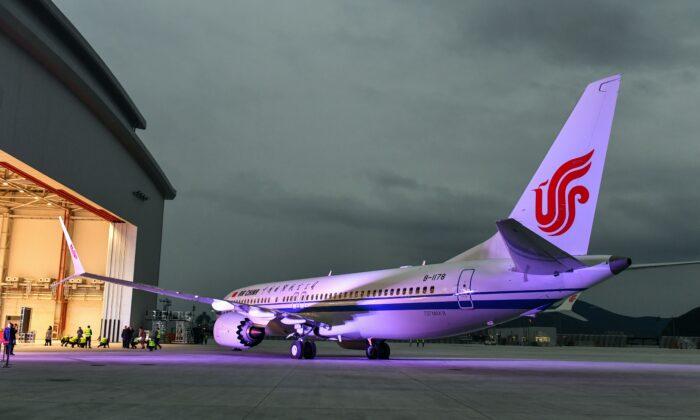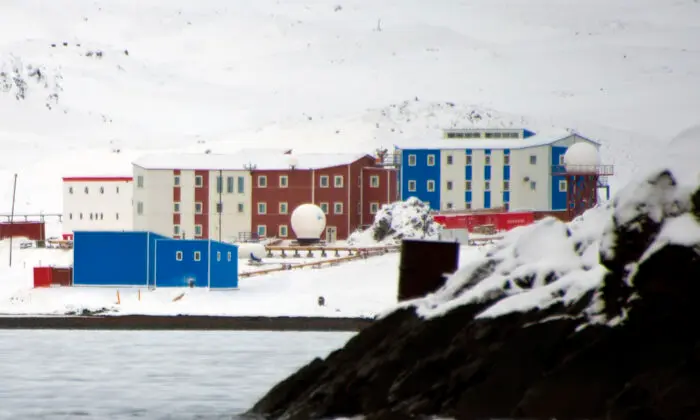A deepening cold war divide between China and the United States is about to be officially extended to the moon by China’s creation of a formal organization that will help extend the hegemony of the Chinese Communist Party (CCP) from the Earth to the Earth–moon system.
The impending formation of the International Lunar Research Station Cooperation Organization (ILRSCO), as part of the 2001 China–Russia International Lunar Research Station (ILRS), was announced on April 25 at the Deep Space Exploration Conference in Hefei, China.
China intends to compete with and outmaneuver the United States’ 24-member Artemis Accords, which is just an agreement on principles for behavior on the moon. The distinction is crucial, as the Artemis Accords don’t include the formation of a formal organization.
But as a formal organization, ILRSCO will have a leader—most certainly the regime in China. It will also have a bureaucracy—again, most likely in China.
Furthermore, through agreements on principles and then planning led by China, it'll implement dual-use scientific and commercial activities on the moon, largely funded by China but approved by ILRSCO members.
The announcement was made by Wu Weiren, chief designer of China’s lunar exploration program and director of the China Deep Space Exploration Laboratory in Hefei.
Wu told Chinese state television that day, “We hope it [ILRSCO] can become a major scientific program that links multiple countries, international organizations, institutions, and scientists together. China is committed to making greater contributions to humanity; this is our main starting point.”
However, humanity usually doesn’t benefit when China’s communist regime creates and then leads broad international organizations.
The regime often restricts the membership of its organizations to other authoritarian nations or those that can be expected to oppose or show independence from the United States and then stacks these organizations with anti-democratic preferences and agendas.
Coalitions and organizations created and led by China also tend to produce military cooperation that benefits the security interests of their authoritarian members and detracts from that of the democracies.
The premier example is the 2001 Shanghai Cooperation Organization (SCO), whose formation was led by China and Russia.
Today, it has a Chinese secretary general as its leader; it began with six members, including Russia and China, and now has nine members, with 17 countries in the membership process.
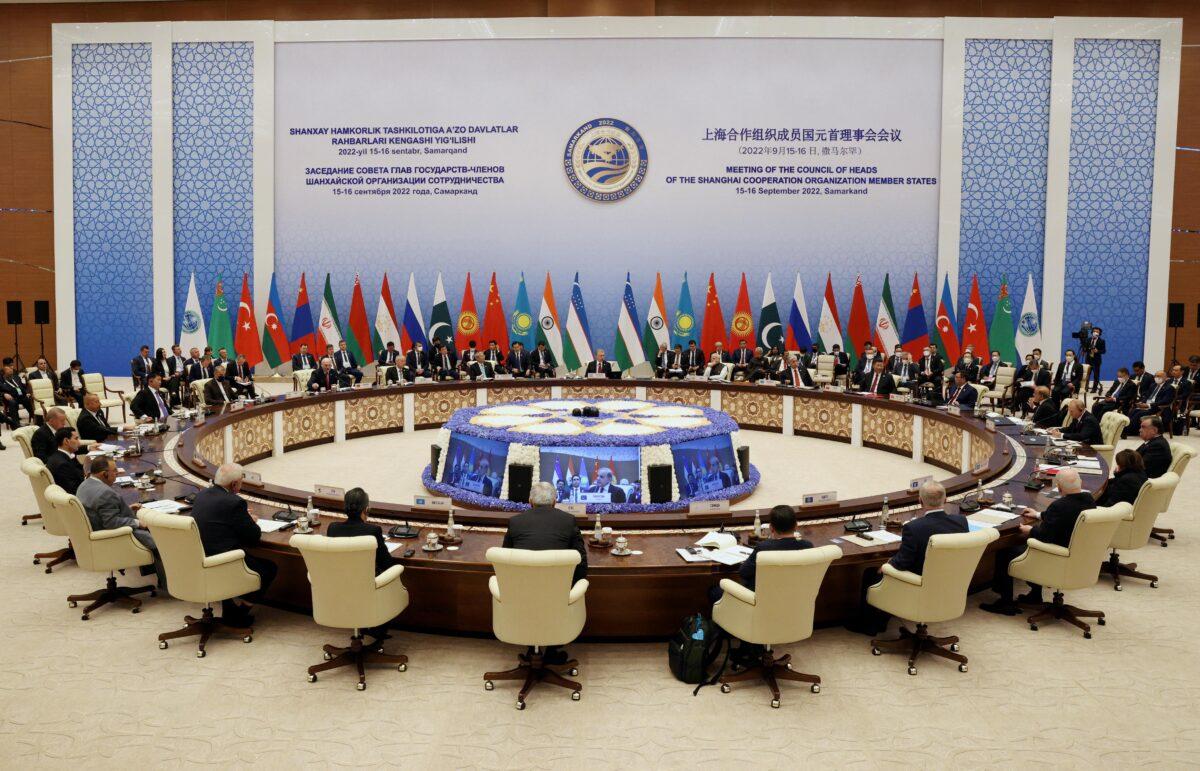
The chief products of the SCO are its annual “Peace Mission” military exercises that, for nearly 20 years, have enabled China and Russia to increase joint force military cooperation and its repeated admonitions against “color revolutions” or democratic revolutions.
Wu said the ILRS “has signed cooperation agreements or letters of intent with a number of countries and international bodies, including Russia, Argentina, Pakistan, the United Arab Emirates, Brazil, and the Asia-Pacific Space Cooperation Organization,” the South China Morning Post (SCMP) reported.
During the Hefei conference, a joint declaration regarding future ILRS cooperation was signed by the China National Space Agency (CNSA) and the China-led Asia Pacific Space Cooperation Organization (APSCO).
Formed in 2008, APSCO’s members are China, Bangladesh, Iran, Mongolia, Pakistan, Peru, and Thailand.
The SCMP also noted that “CNSA is also negotiating with 10 other countries as potential participants.”
Currently, the China-led ILRS envisions five stages between 2030 and 2050 to build increasingly sophisticated unmanned moon bases for scientific exploration, research, and commercial exploitation.
China can be expected to begin manned moon missions before 2030, and, likely, these will quickly become part of the ILRS program.
Into the 2030s, China’s manned missions will likely include astronauts from ILRSCO member states as manned moon base construction advances.
ILRSCO-organized “Peace Mission” joint military exercises on the moon may seem farfetched, but that possibility shouldn’t be dismissed.
China’s manned and unmanned space programs are controlled by the People’s Liberation Army (PLA), and Chinese academics have written about using the moon as a platform to surveil the Earth and the cislunar space between the Earth and the moon, with implications for seeking military dominance.
China is planning its own satellite constellation for the moon that will provide navigation, surveillance, and potential electronic warfare functions.
China is also developing humanoid robots for space functions; such a robot for moon mining could easily be configured as a lunar soldier.
At a minimum, the ILRSCO can be expected to provide political support for the CCP’s aggressive territorial grabs on the moon and its introduction of dual-use civil-military capabilities on the moon.
To sustain and increase support for the Artemis Accords, it’s crucial that the United States keeps to its schedule of returning astronauts to the moon by 2025.
It’s also important for the United States to place a high priority on including astronauts from Artemis partner nations.
Finally, it’s crucial that Washington refuses to let CCP-initiated wars on Earth diminish funding and support for building a larger presence for the democracies on the moon.
